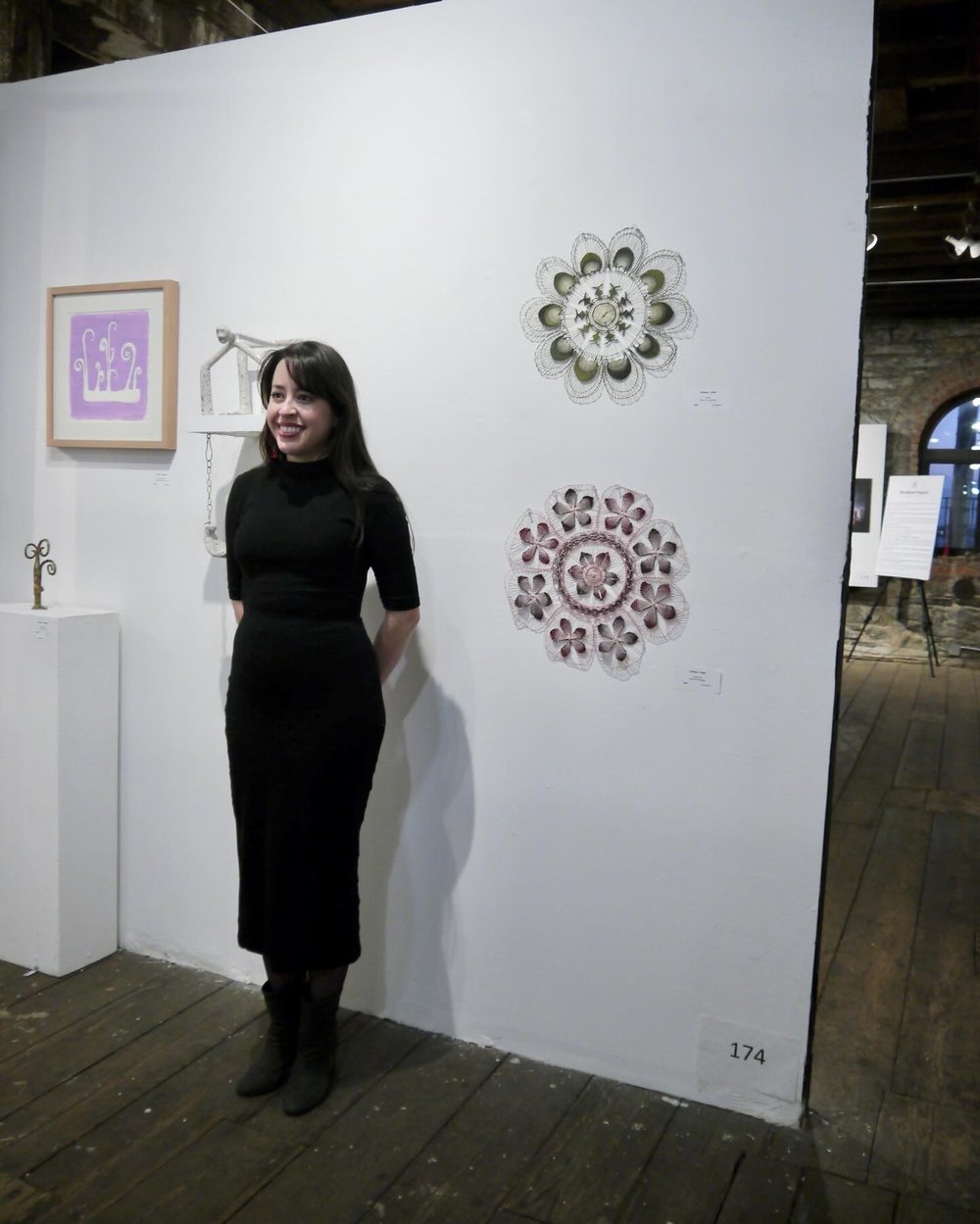We’re excited to introduce you to the always interesting and insightful Christina O’neil. We hope you’ll enjoy our conversation with Christina below.
Hi Christina, thanks for joining us today. Are you happier as a creative? Do you sometimes think about what it would be like to just have a regular job? Can you talk to us about how you think through these emotions?
I am happier as an artist, but the longer I work and refine my craft, the more I realize there isn’t a huge difference between having a regular job and making a living as an artist. The majority of my income comes from set design, and while there are many ways to build a career in this field, it ultimately boils down to the types of projects, income, and lifestyle you prioritize. It’s a delicate balance.
Most of my paid work is commission or commercial-based. While I take pride in these projects, my absolute favorite work has always been my self-funded passion projects, where I have complete creative freedom. While I have pride on a lot of my commissioned work, I am always most excited and satisfied when I can create something that is entirely my own and without compromise. When a client is paying you, creative input from their side is almost inevitable—and that can mean adjusting your vision to fit their expectations.
I’ve experienced both worlds: having a stable day job while pursuing passion projects on the side and navigating the instability of freelance set design while still creating personal work. In both scenarios, I’ve made time for what matters most to me—art that feels fully my own. Ultimately, that’s what brings me the most joy and fulfillment.
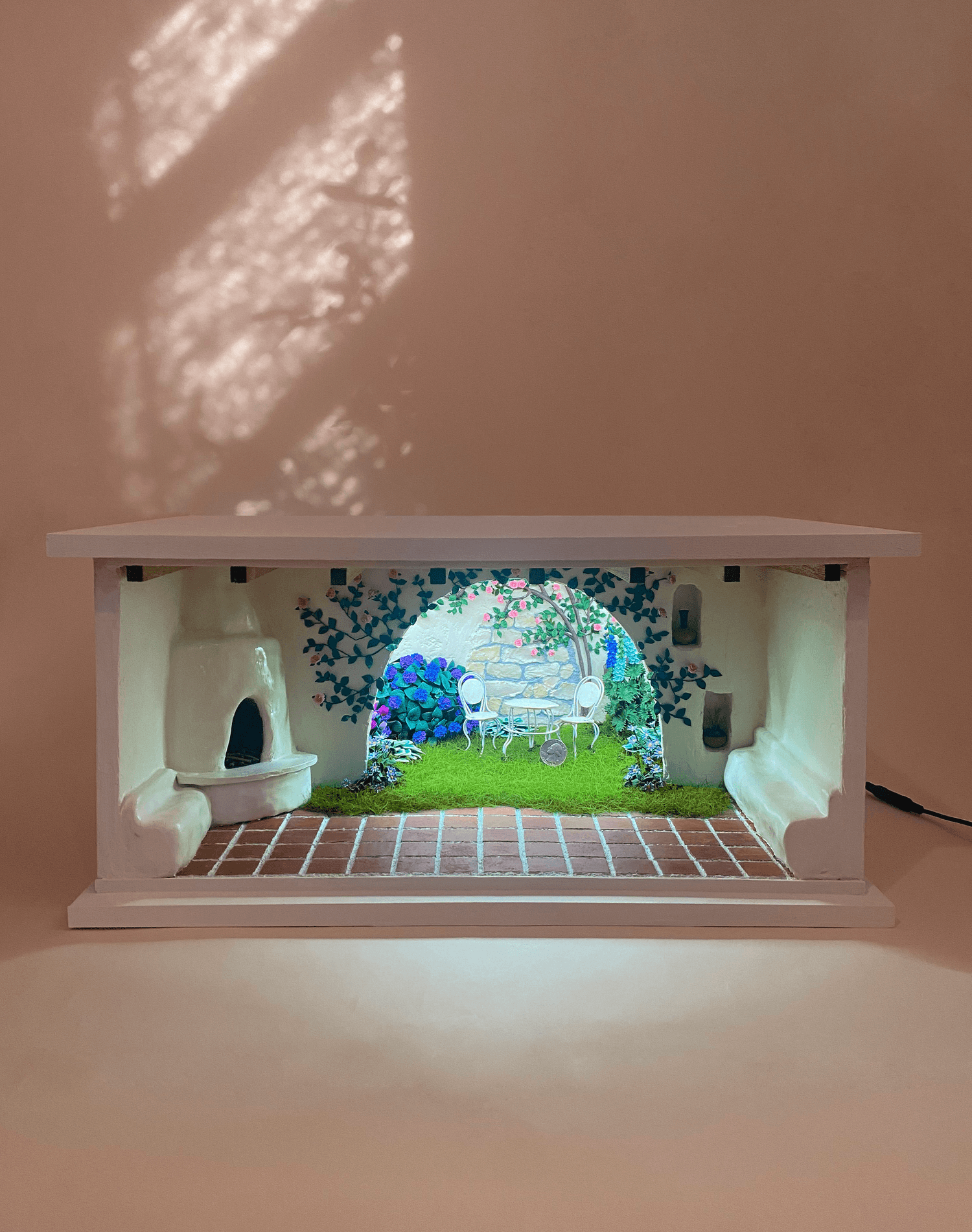
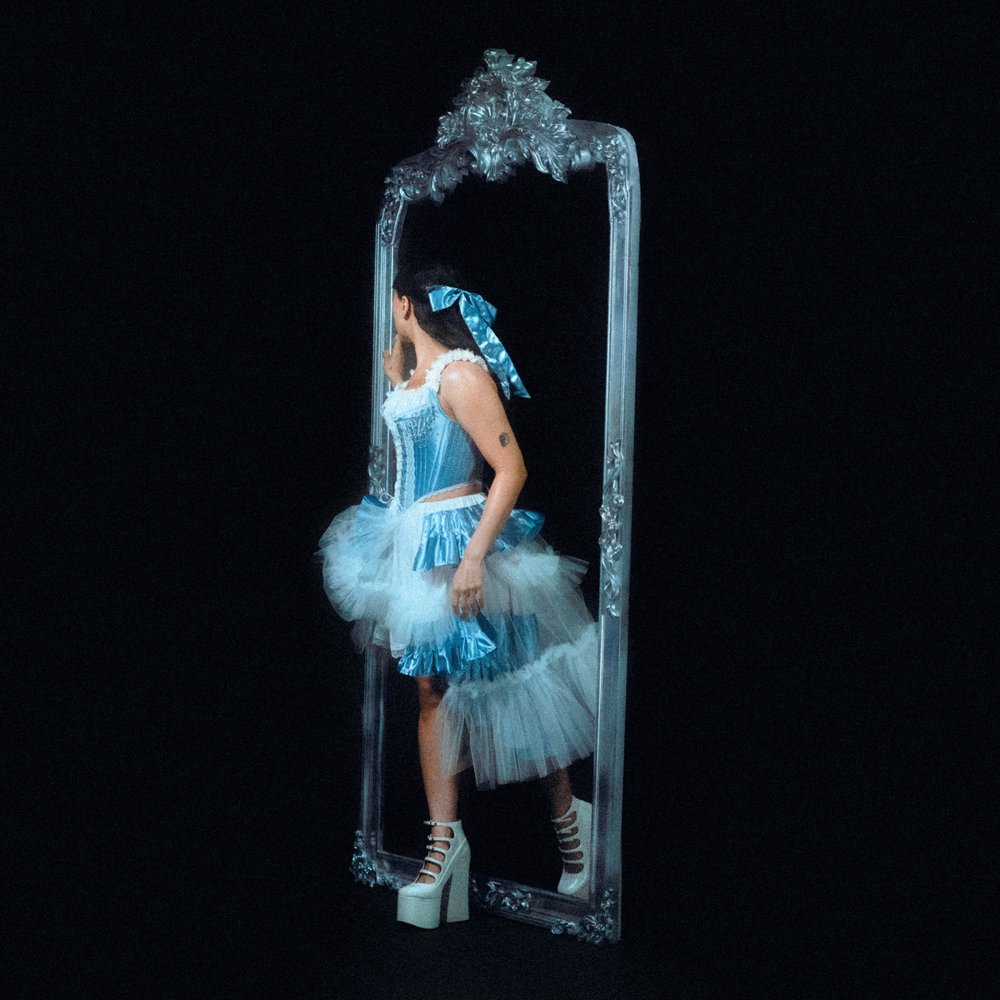
Awesome – so before we get into the rest of our questions, can you briefly introduce yourself to our readers.
I’m Christina, a New York City-based craftsperson and artist with a Bachelor of Fine Arts in Film and Television Production from NYU’s Tisch School of the Arts. My work spans multiple disciplines, including set design, miniature dioramas, and traditional Paraguayan lace-making. Each project is grounded in meticulous craftsmanship and a deep commitment to sincere storytelling.
My interest in the film industry was sparked in high school, and I joined the TV production club. I went to NYU for film and naturally worked as a production designer for my friend’s projects, as I also directed my own. After graduation, I decided to make a career in production design and quickly realized I preferred working on fashion photoshoots, music videos, and commercials instead of feature length film and series television narrative projects. I had also always been interested in miniatures and finally pick it up as a creative outlet during the pandemic. There is a lot of overlap between miniatures and set design, and often miniatures are used on film sets. I also turned to creating ñandutí, Paraguayan needle lace, to reconnect with my cultural roots and preserve this endangered craft.
What sets my work apart is its attention to detail, dedication to underrepresented crafts, and its ability to blend aesthetics with deeper narratives. I often create high detailed, surreal, and intricate environments for my clients. I can also reel it back, and create clean minimalistic spaces and objects. I can create 3d renders, CAD drawings, with art direction lookbooks that will always communicate exactly what the plan is and how I will execute it. What makes my approach unique is my ability to integrate fine artistry, unique craftsmanship, and strong storytelling into every piece, whether for commercial work or personal projects. I’m also patient and believe in collaboration, transparency, and productive, solution-oriented energy.
I’m most proud of my ability to fuse together high-level craftsmanship, environmental storytelling, and layered storytelling. I believe all great art is rooted in narrative, offering a connection that is both deeply personal and universally resonant.
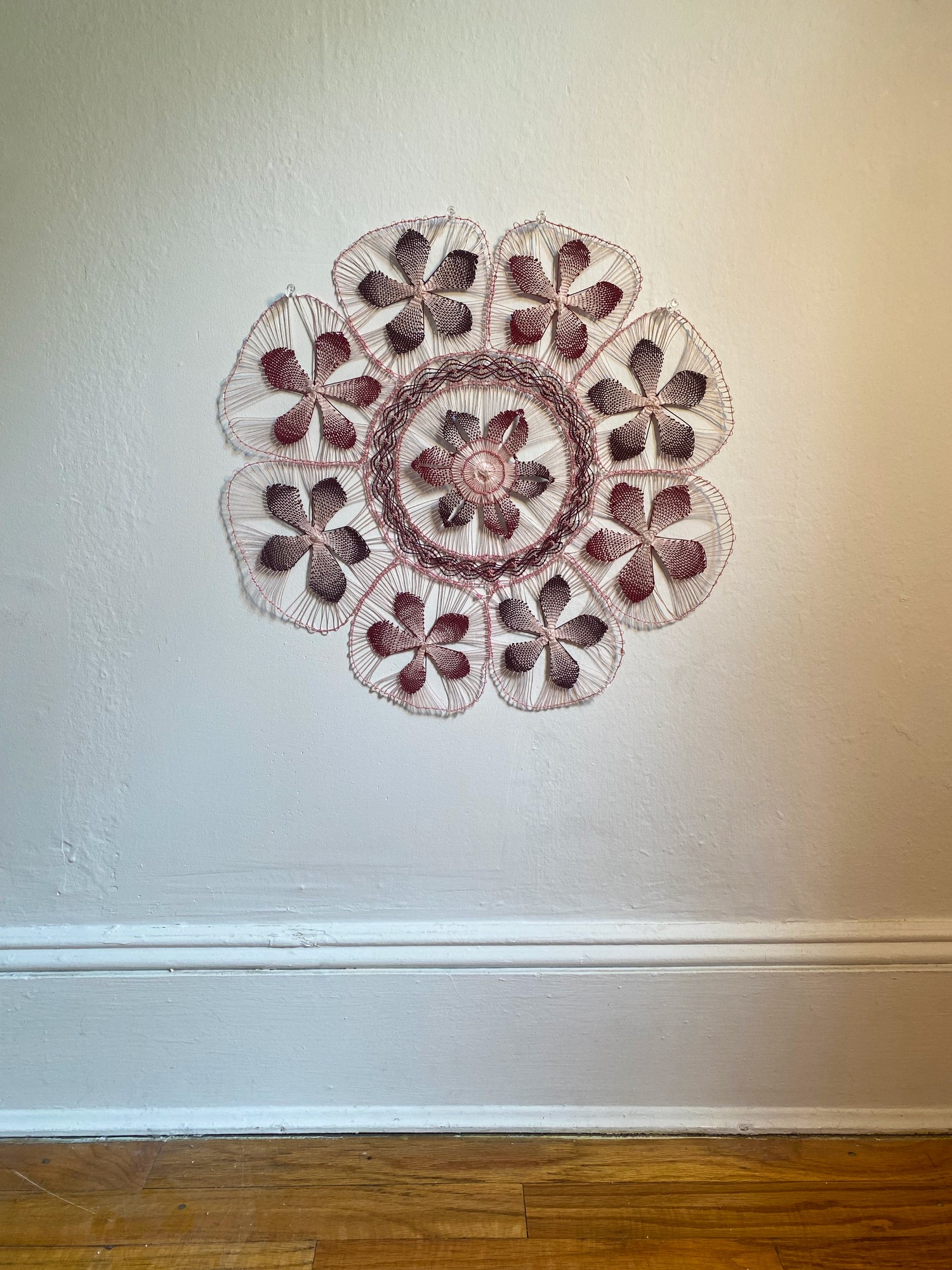
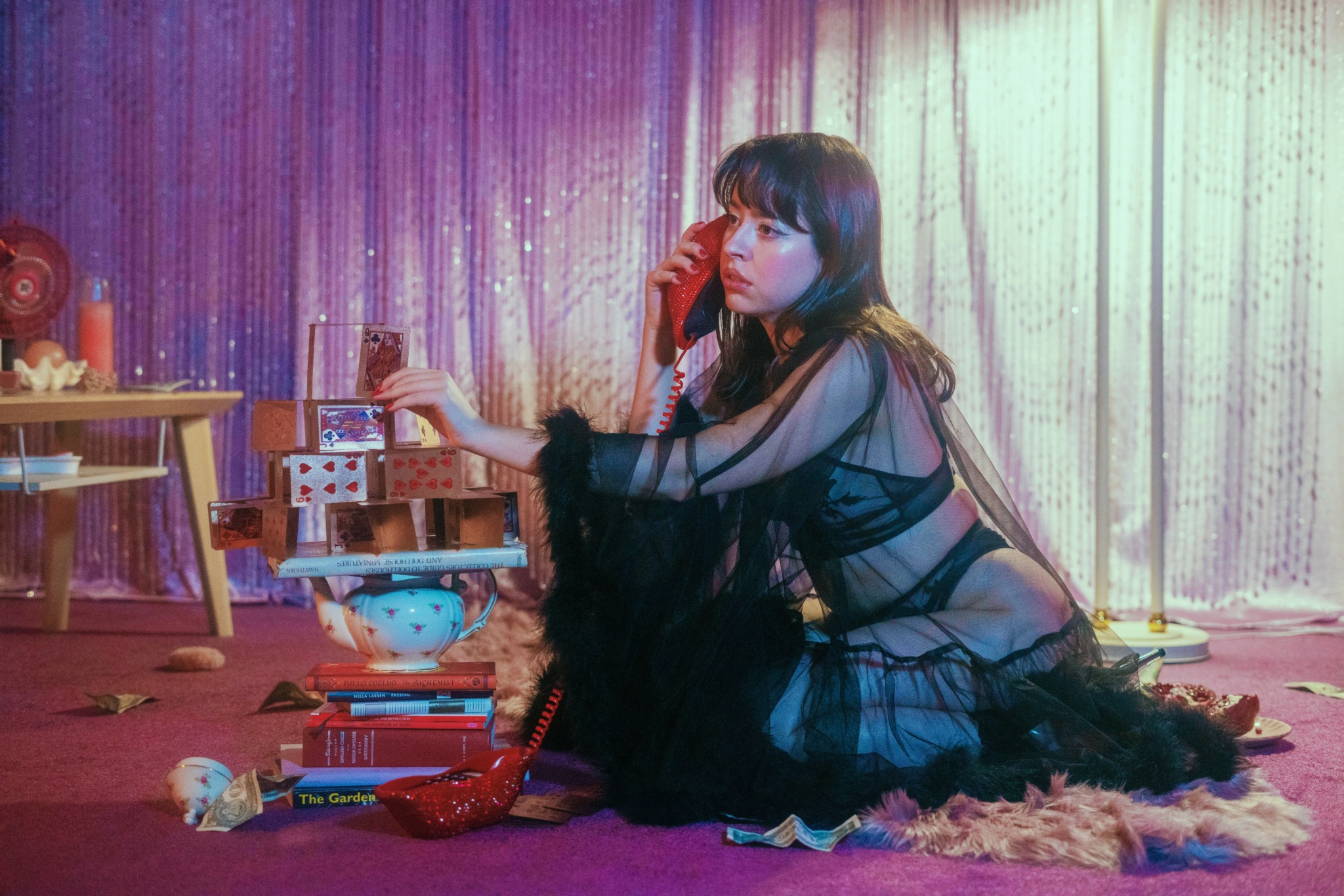
How can we best help foster a strong, supportive environment for artists and creatives?
The average person can best support artists and creatives by understanding that we need and deserve financial support. While everyone is struggling in some way right now, there’s often a misconception that artists choose a life of instability, and therefore financial stability isn’t something we should expect or prioritize. However, art and creativity enrich all of our lives—it shapes our culture, challenges our perspectives, and provides comfort and joy in ways that often go unnoticed. Supporting artists financially—whether through purchasing their work, attending their events, or even just sharing their projects—helps ensure that creativity continues to thrive and that the individuals behind it can sustain their craft.
That said, not everyone has the financial means to support artists directly through buying music, purchasing movie tickets, etc. If an individual truly cannot afford to contribute financially, they can still offer invaluable support by positively engaging with an artist’s social media. Sharing posts, leaving encouraging comments, and spreading the word about a creative’s work on platforms like Instagram or Twitter is an incredibly impactful form of support, as it helps artists reach a wider audience and attract opportunities. Social media is often the greatest source of advertisement, and even small gestures can make a big difference.
On a macro level, the government needs to financially sustain the arts. Public funding for the arts not only ensures that creativity thrives but also fosters a more inclusive and culturally rich society. Artists contribute to the vibrancy of our communities, and by investing in the arts, the government helps preserve cultural heritage, supports diverse voices, and stimulates economic growth. Public funding can also provide a safety net for emerging artists, giving them the stability they need to focus on their craft without the constant pressure to compromise their artistic integrity. Additionally, government support allows for more equitable access to the arts, ensuring that everyone—regardless of socioeconomic status—has the opportunity to engage with and benefit from creative expression. By prioritizing funding for the arts, the government acknowledges the immense value of creativity in shaping a well-rounded, thoughtful society.
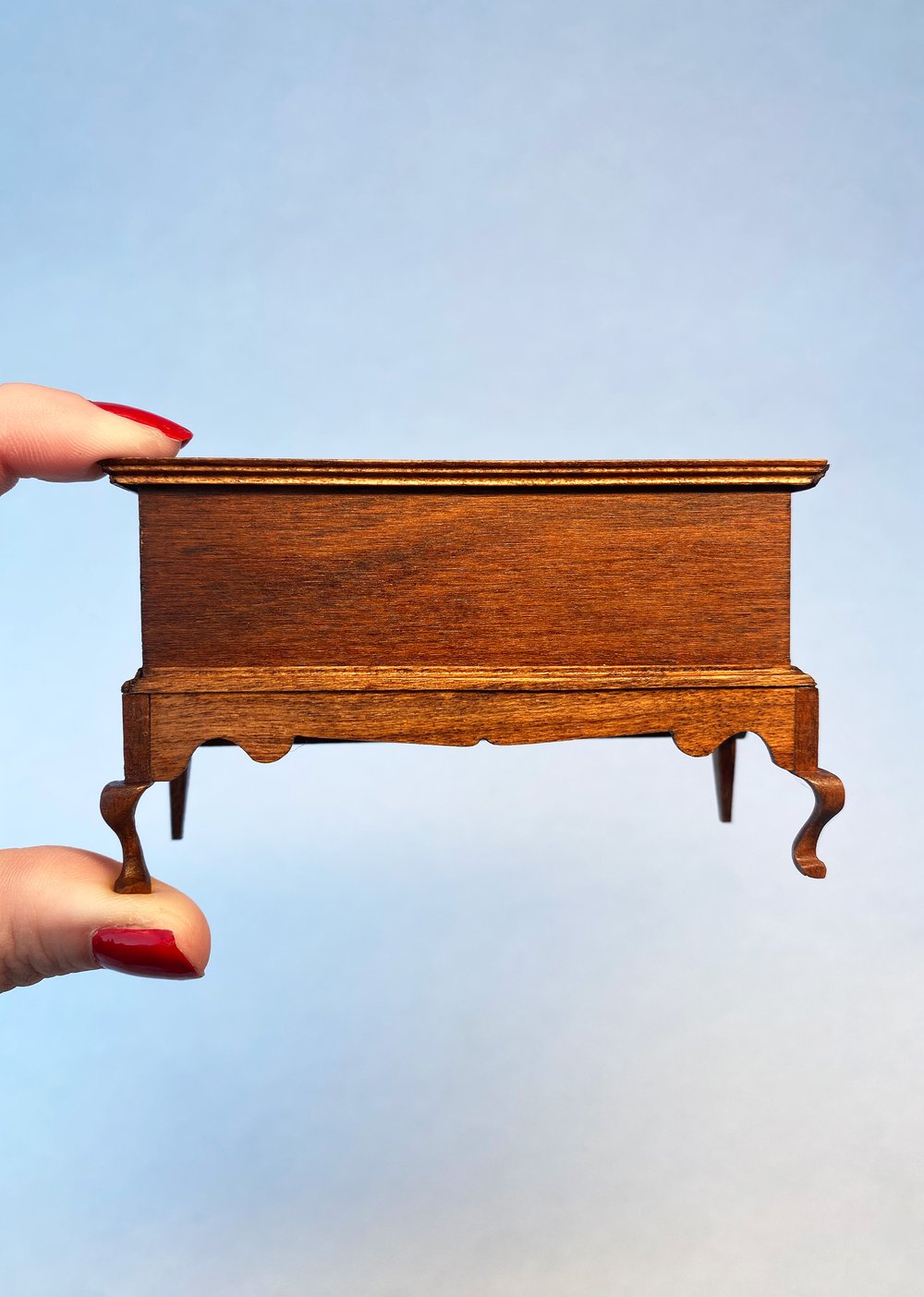
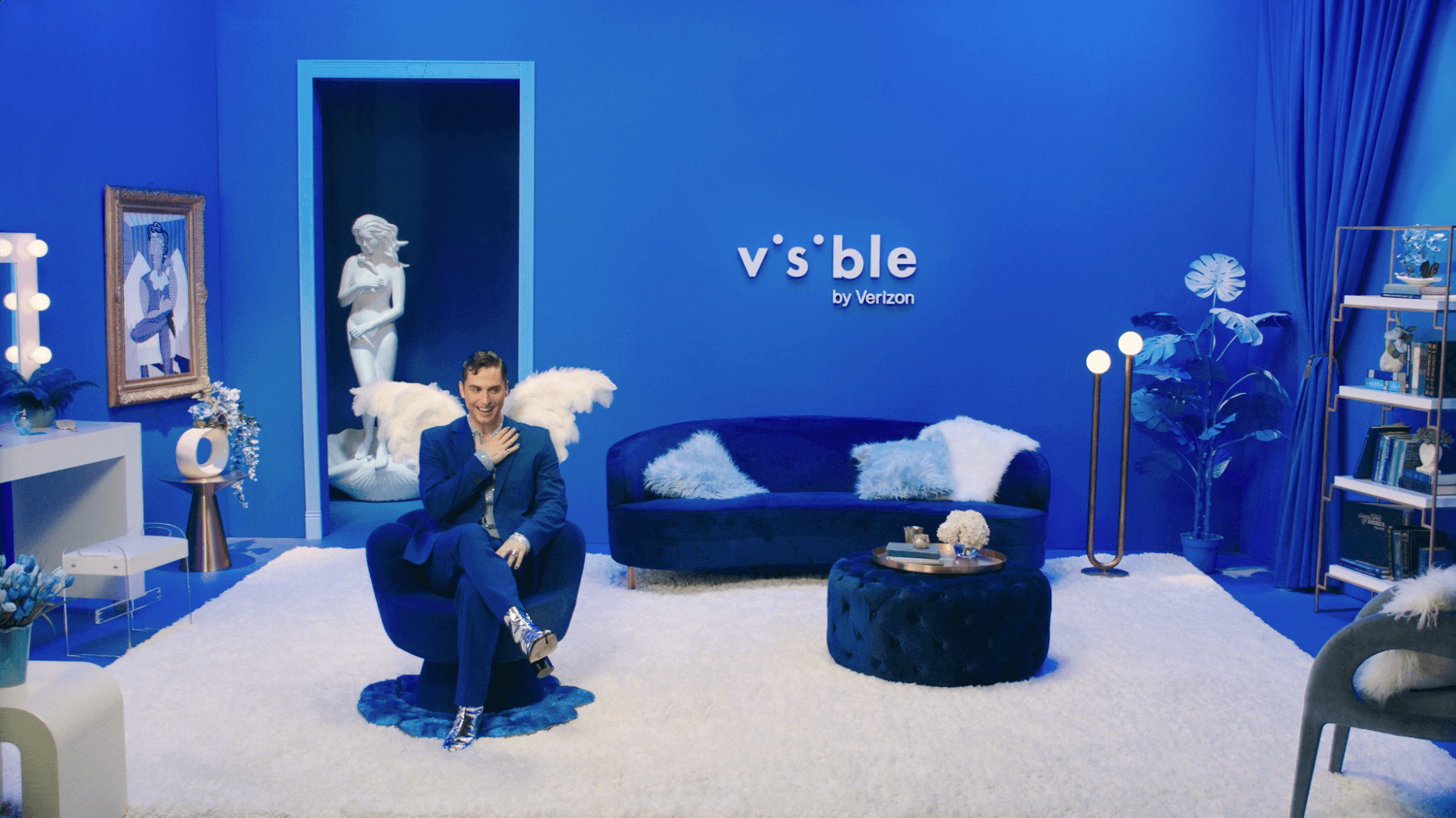
Looking back, are there any resources you wish you knew about earlier in your creative journey?
Your community, collaborators, and peers are your greatest resource and there really isn’t ever reason to get competitive with them. By celebrating each other’s achievements and supporting one another, we create a positive cycle that lifts everyone up, rather than creating barriers or divisions. Creativity thrives on collaboration and community. We all help support each other.
Contact Info:
- Website: https://www.christinaoneil.com
- Instagram: christinamoneil
- Linkedin: https://www.linkedin.com/in/christina-oneil/
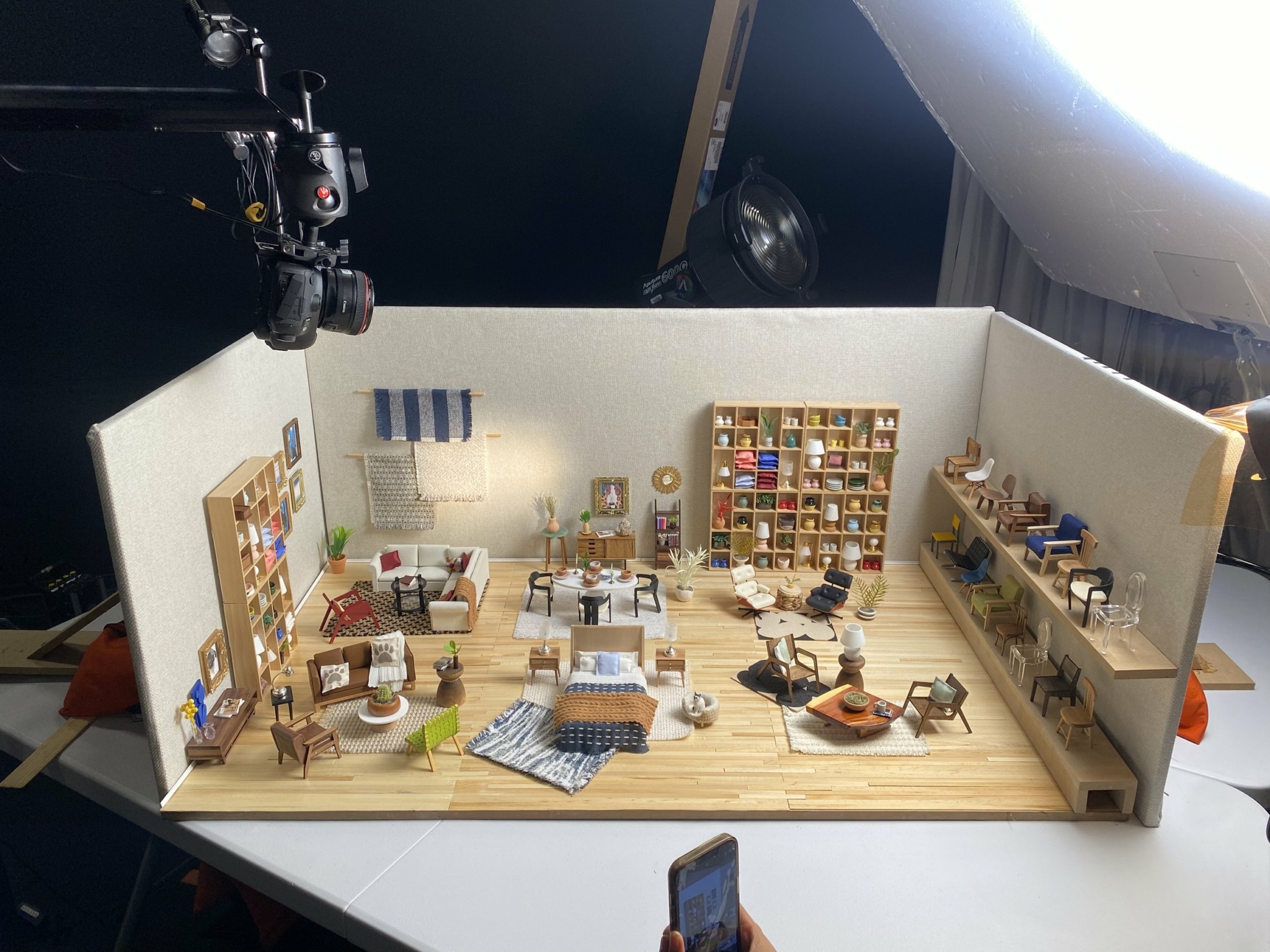
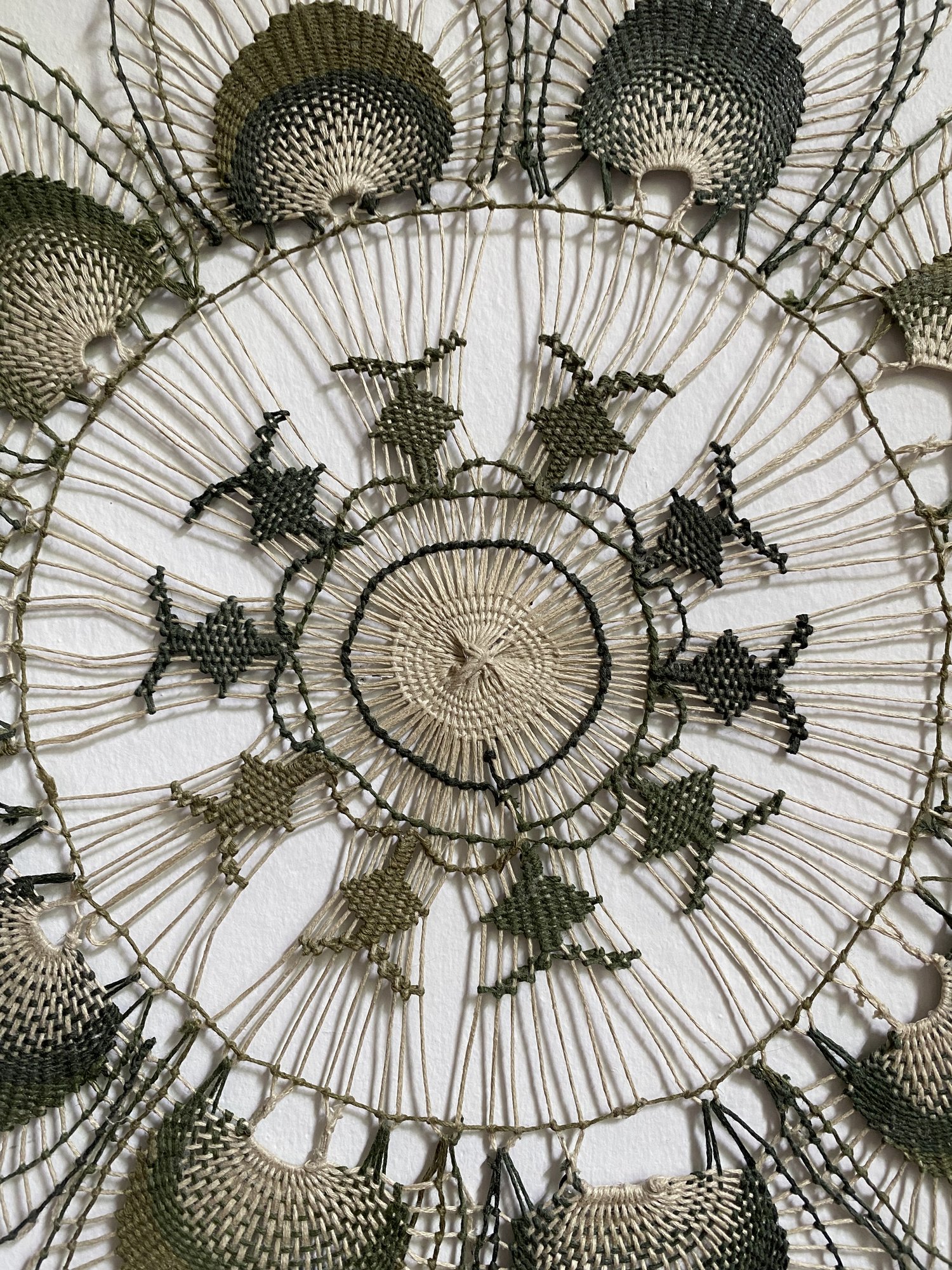
Image Credits
Bao Ngo, Alyssa Brocato, Christina O’Neil


